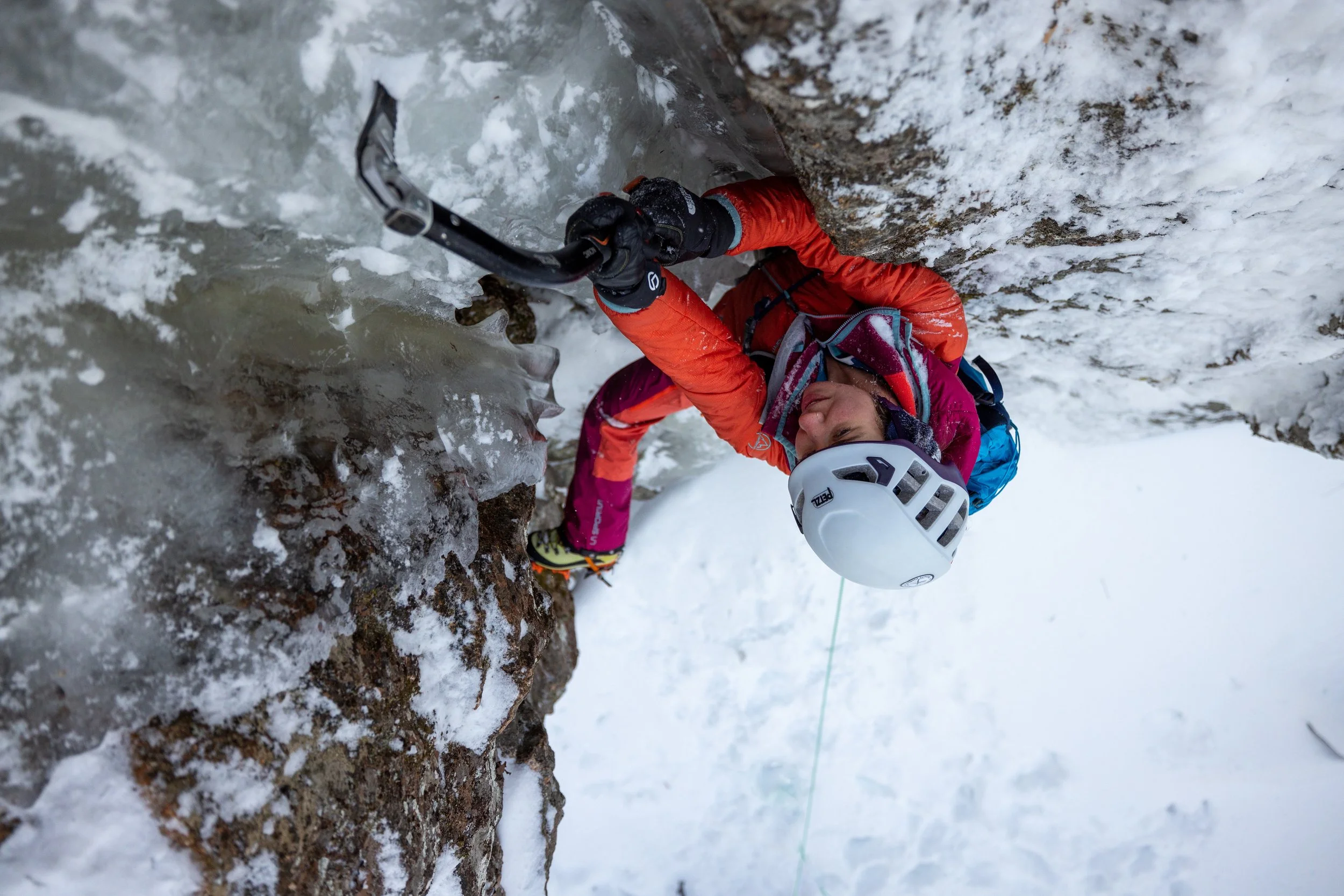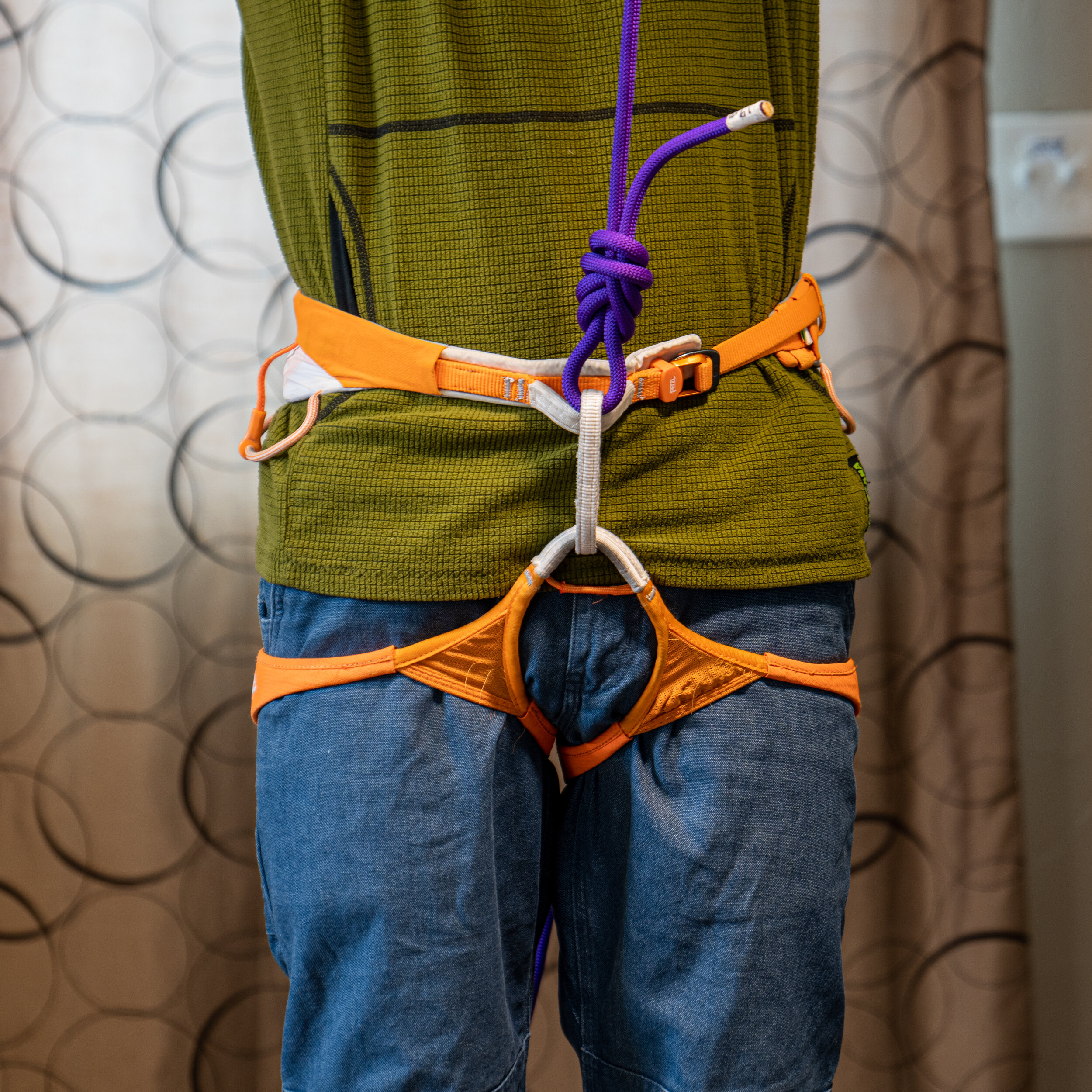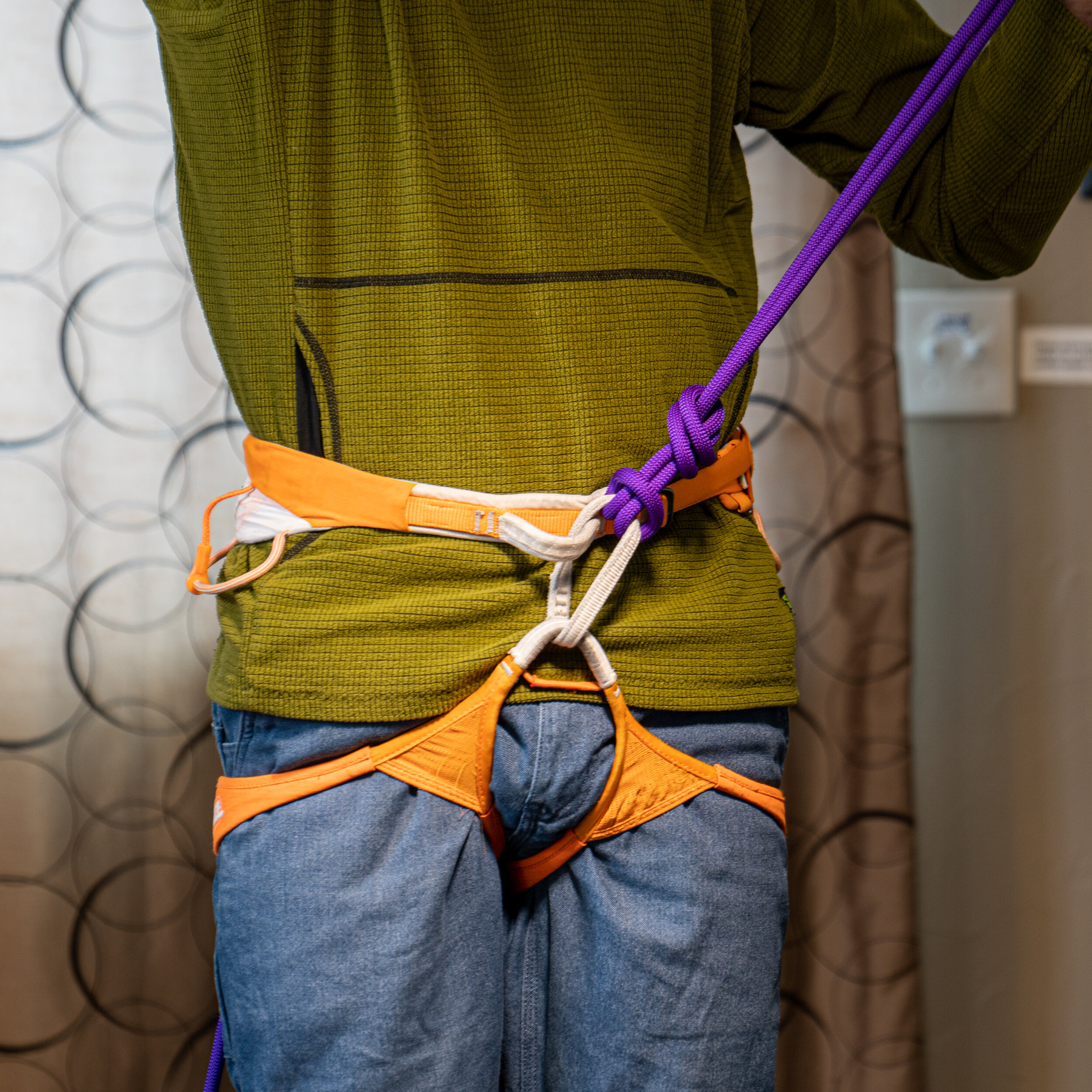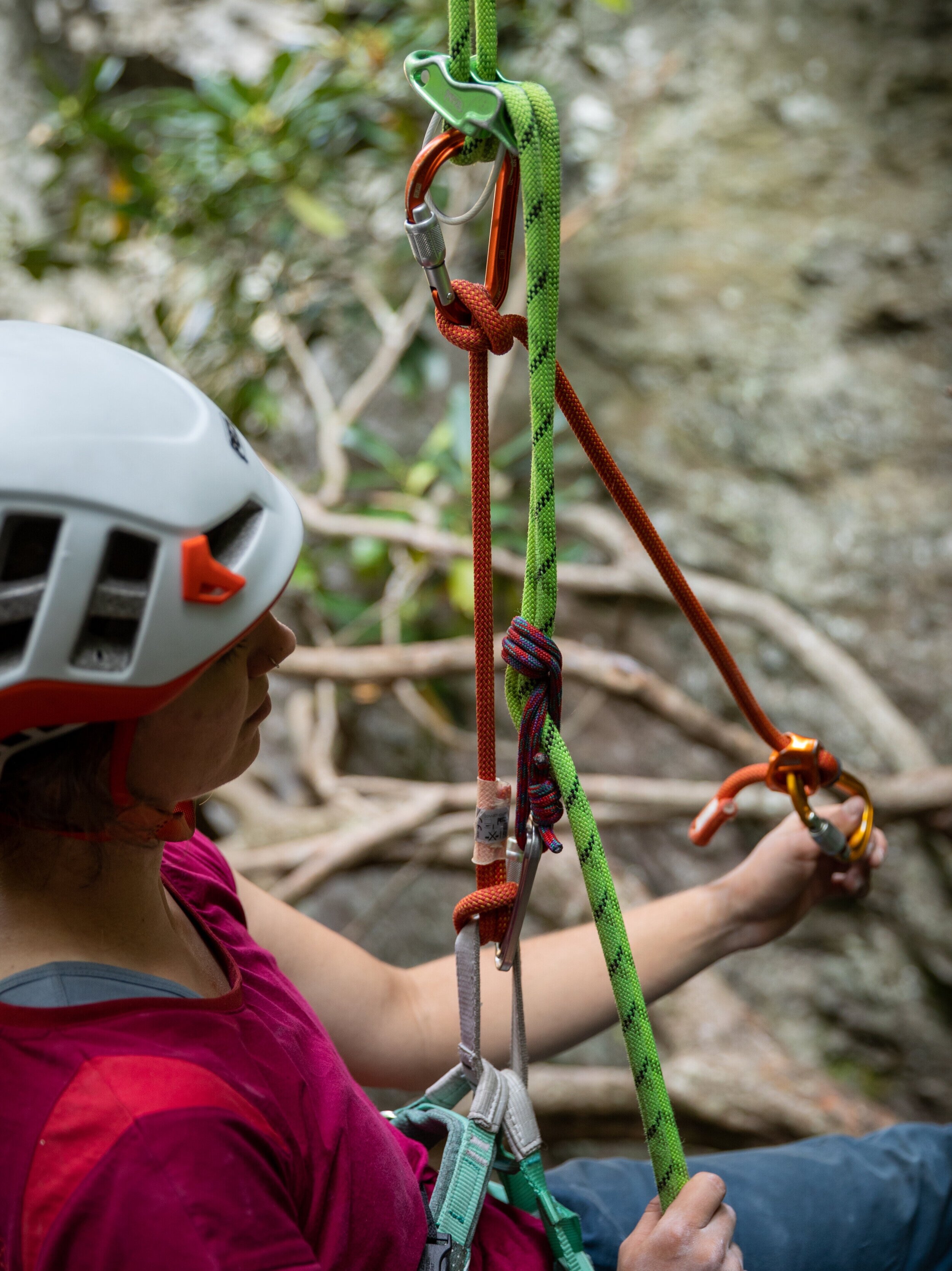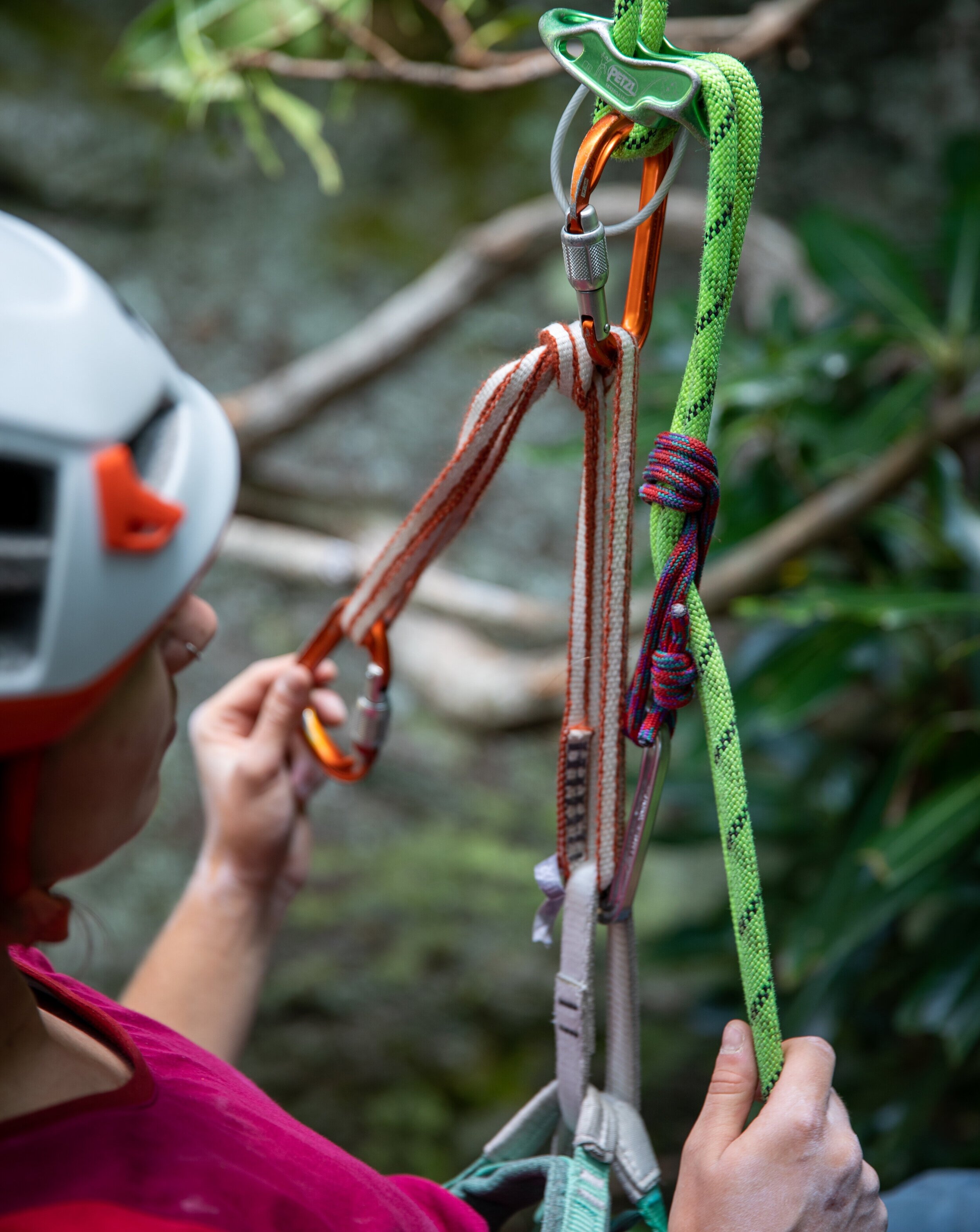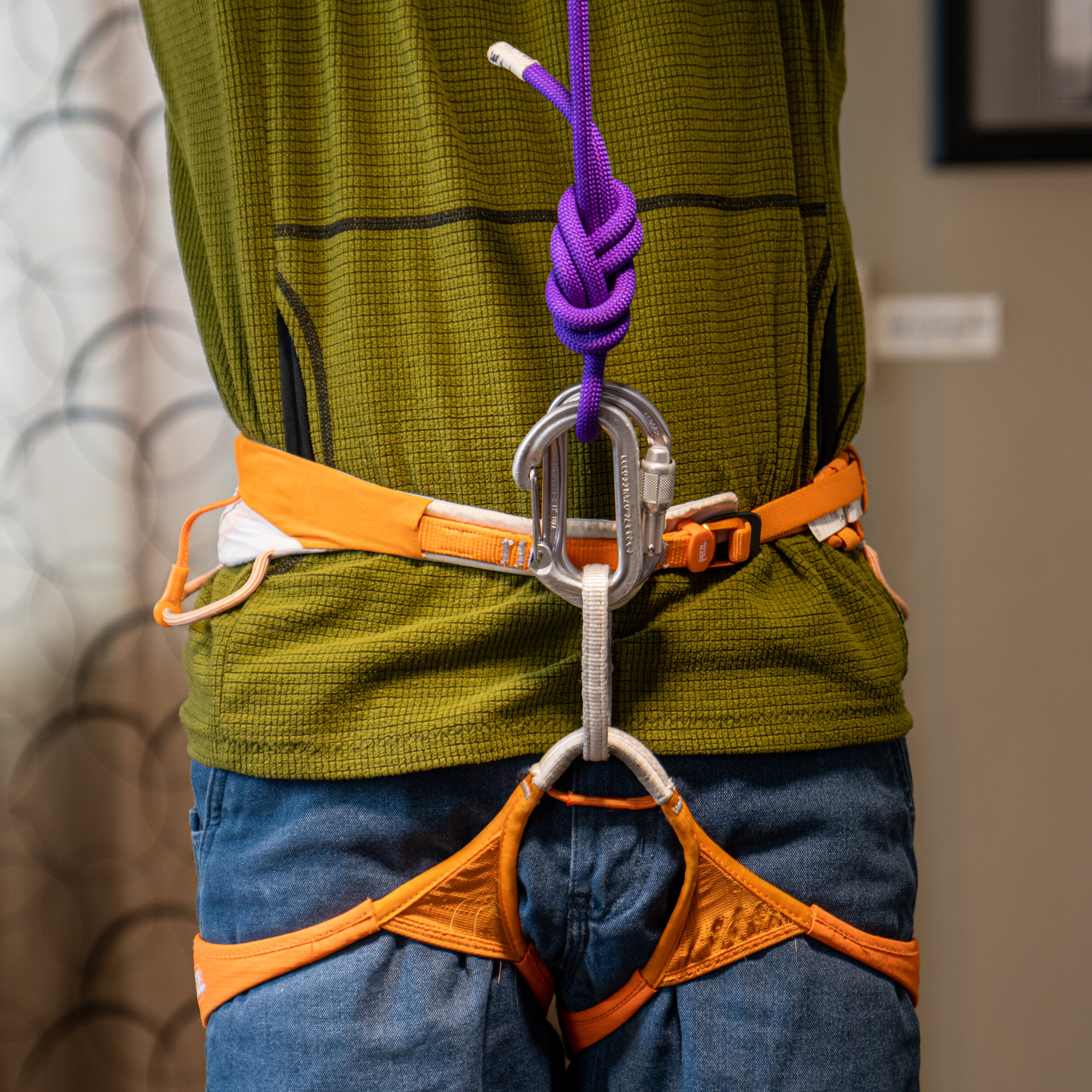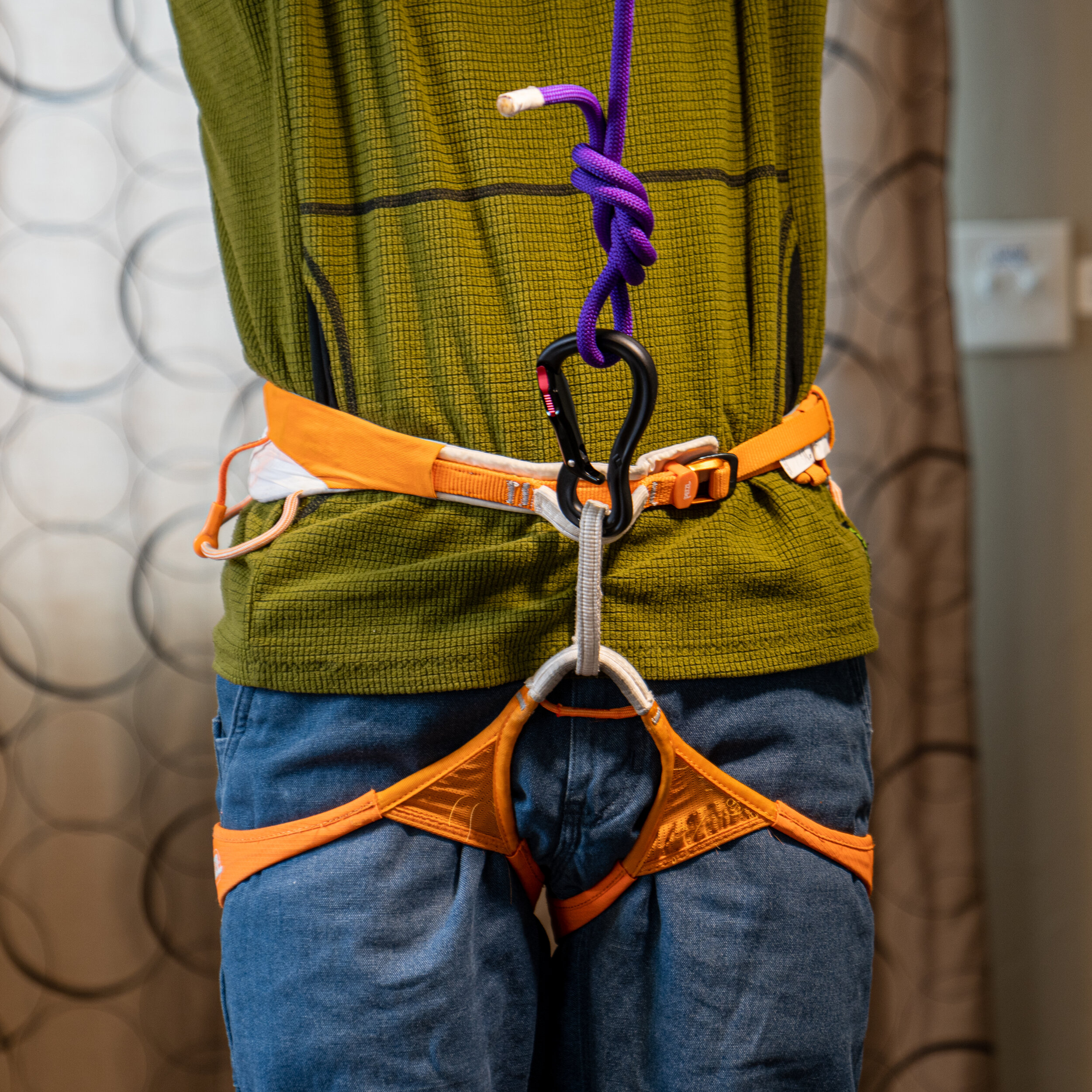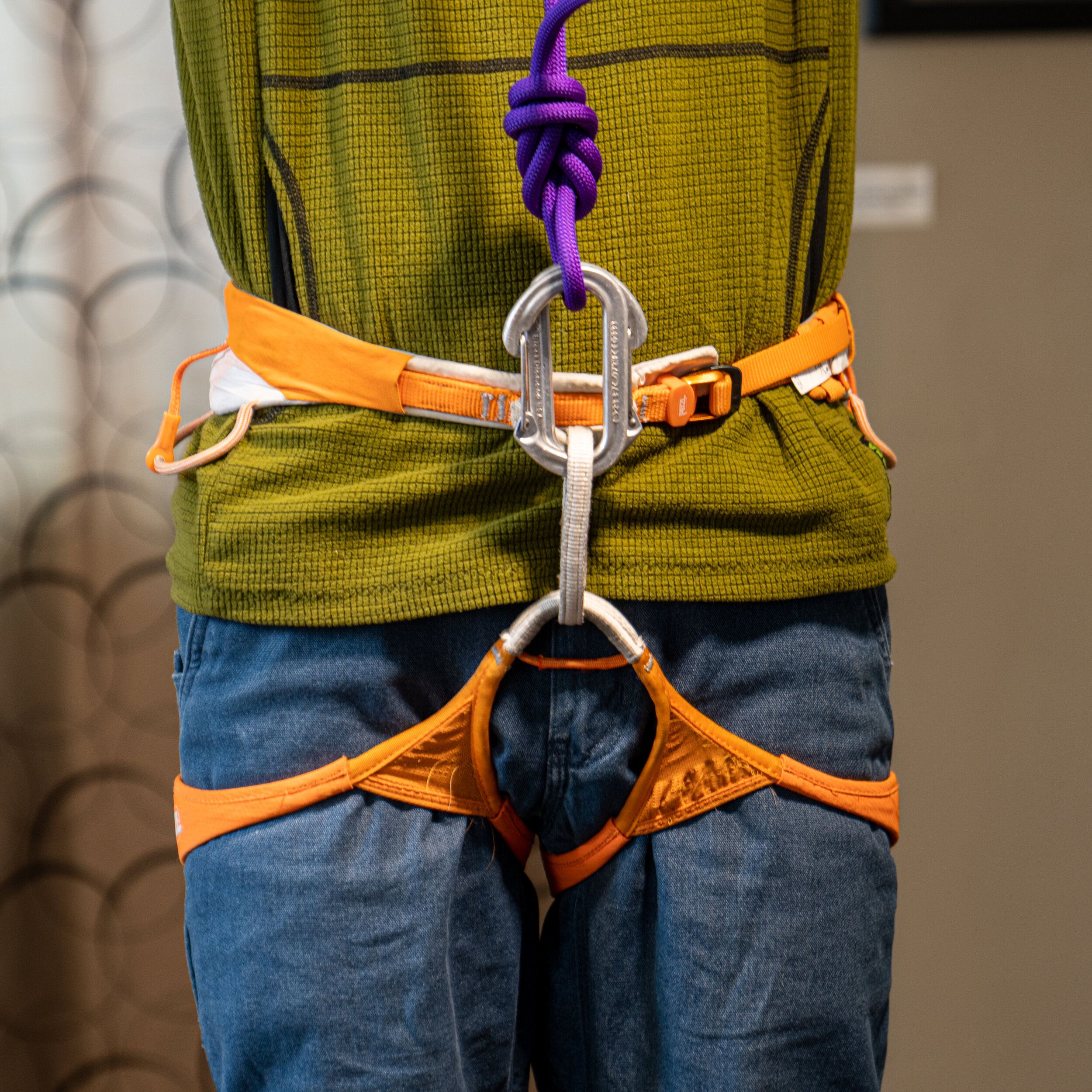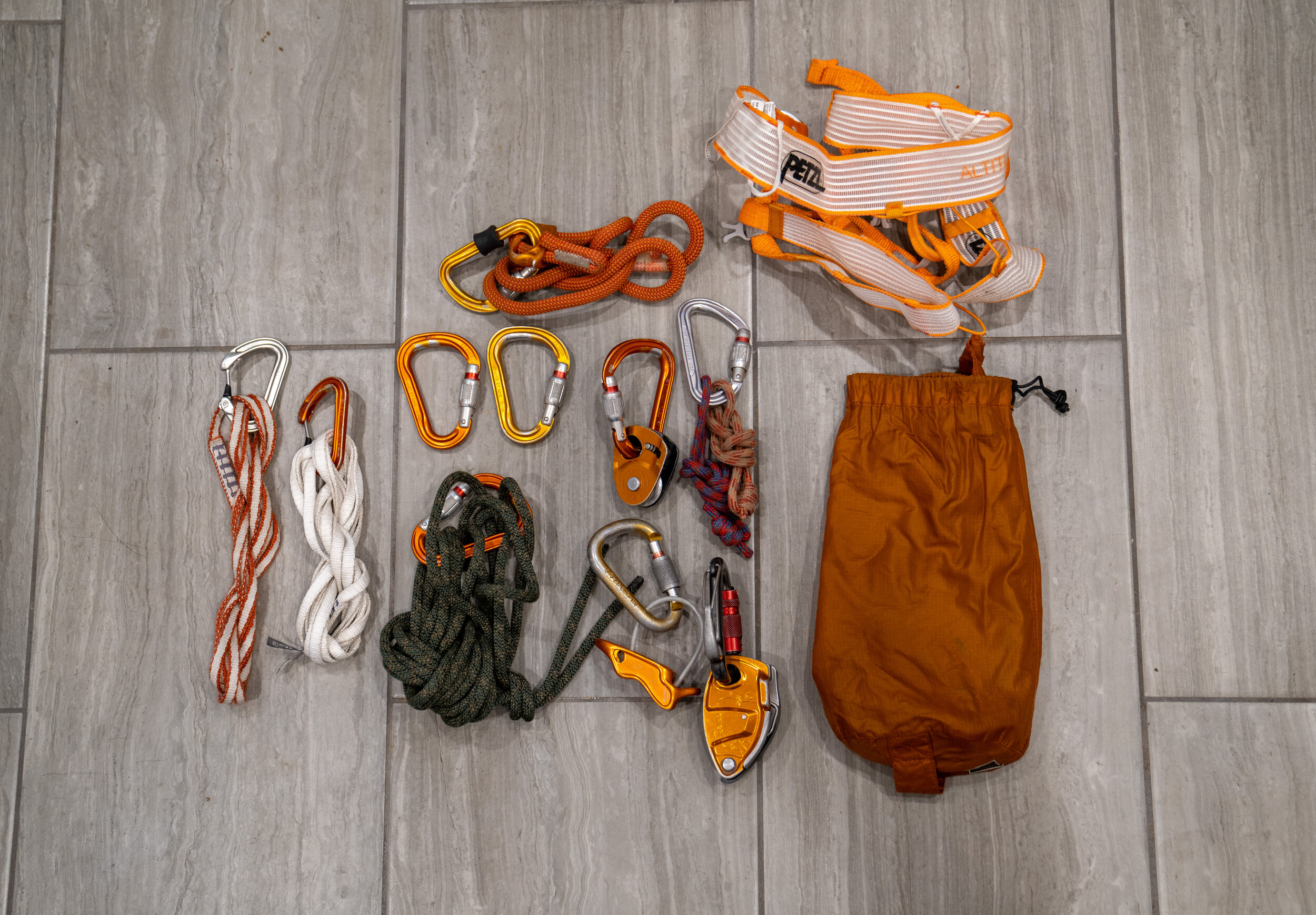Ice Climbing on Pinnacle Gully, Mount Washington
Thinking about ice climbing this winter? Keep reading to find out why North Conway is the ultimate destination for ice climbing enthusiasts, offering a perfect blend of world-class climbs, accessibility, and stunning winter landscapes.
1. Premier Ice Climbing in North Conway, NH:
With some of the country's best ice formations, this winter wonderland caters to climbers of all skill levels, promising a truly unique and exhilarating experience.
2. Short Hikes, More Climbing:
Maximize your climbing time in North Conway with short hikes to classic lines. This proximity ensures less walking and more climbing, a crucial advantage during the shorter winter days. Make the most of your time on the ice and experience the thrill without all the work.
3. Quality Over Quantity:
North Conway sets itself apart by offering a wealth of high-quality climbs. From beginner-friendly single pitches to challenging multi-pitch routes, each climb is exceptional. Classics like Repentance and Remission, along with alpine routes like Pinnacle Gully, provide a lifetime of memorable experiences.
4. Accessible for All Skill Levels:
Regardless of your climbing experience, North Conway welcomes climbers of all skill levels. The diverse terrain caters to beginners seeking a learning ground and seasoned climbers looking for iconic challenges. It's an inclusive destination where everyone can find their perfect climb.
5. Winter Wonderland Beyond Climbing:
North Conway's enchanting winter landscape, adorned with snow-covered peaks, enhances the overall ice climbing experience. Immerse yourself in the beauty of New England's winter as you conquer the ice-covered cliffs.
6. Ice Climbing Instruction for Skill Enhancement:
Elevate your ice climbing skills with expert instruction in North Conway. Book with Pisgah Climbing School to learn efficient movement techniques and safety protocols from experienced guides. Progress to confidently lead climbs while responsibly managing inherent hazards.
Book Your Adventure Now!
Plan your ice climbing adventure with Pisgah Climbing School in North Conway, NH, this January and February. Beyond the thrill of climbing, immerse yourself in the natural beauty of winter in New England. Join the ranks of climbers who have embraced North Conway as the ultimate destination for a memorable and fulfilling ice climbing adventure.
